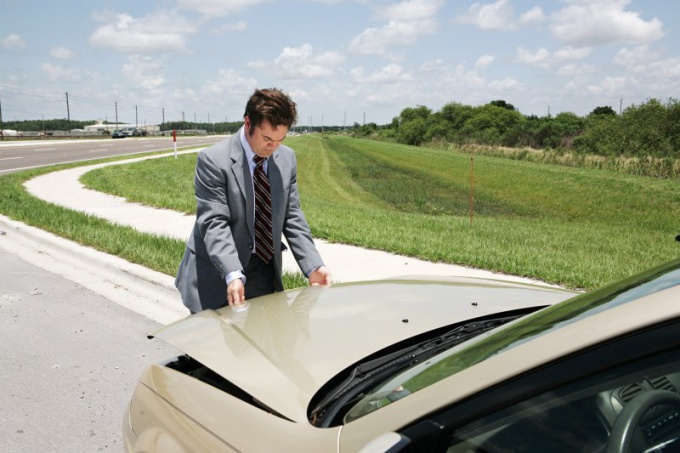If the battery is discharged, it does not mean that it is faulty. Even a new battery 2 weeks in storage can lose up to ten percent of its capacity. What about the batteries that operated for several years.
To discharge this device can according to the type of discharge and the connected consumers. Car owners are more concerned with the process of self-discharge, that is, one that is caused by internal reactions.
Self-discharge rate may increase from short-circuiting of the battery terminals on the surface due to contamination and closures crumbling masses of the plates. Accelerates the discharge of parasitic currents arising from the contact of impurities with the electrolyte, and the different density of the electrolyte in the upper and lower layer.
To lower self-discharge rate, you need to keep clean the plane with the conclusions of the poles of the battery. You should make sure that discharging and charging the battery did not lead to a strong shedding weight plates. We must always follow the contacts, they should not dangle, and the terminals should be thoroughly cleaned. Car alarm must be connected correctly.
The main causes a strong discharge of the battery is very simple. This leakage current in the mains the car, faulty generator or voltage regulator and prolonged use of energy when the engine is stopped.
All drivers know that in the cold season when the outside temperature is very low, worse battery spins the starter. This is because if the temperature of the electrolyte at a temperature below 15 degrees reduces the battery capacity by one percent (for each subsequent degree). For example, if the outside temperatures fifteen degrees, the battery capacity decreases by as much as forty percent. Because of the cold engine should start without problems, otherwise the battery will not be able to provide a long-term starter.
